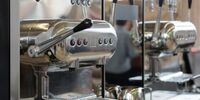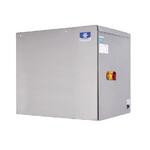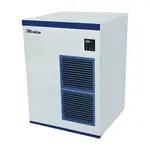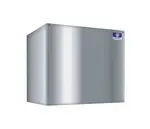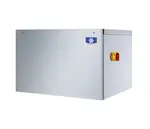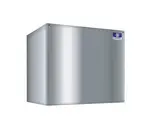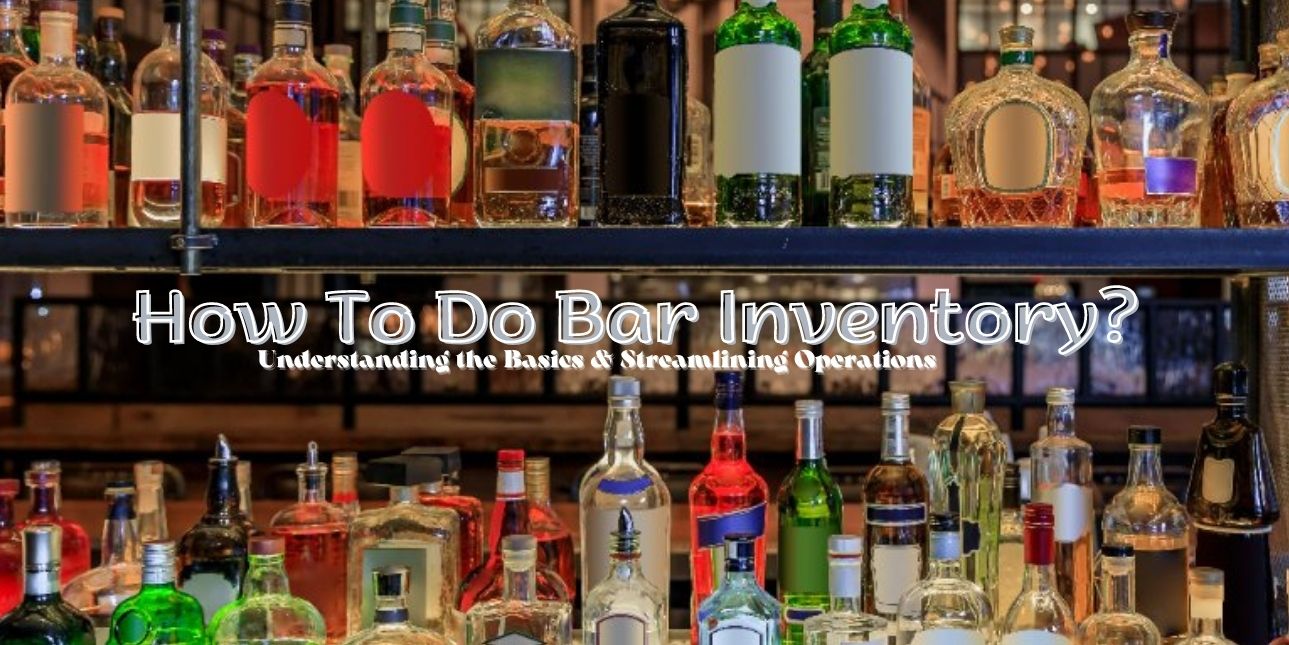
Inventory, though tedious, can be the single most important undertaking for a commercial food establishment to run smoothly and profitably. Understanding how to do bar inventory will allow you to analyze how much alcohol you sell on average, and the amount you use up from your stock. Bar inventory also helps you understand variance and wastage, helping you cut down inefficiencies and bring in better methods to serve your customers while maximizing profit.
While many businesses have taken to software to do their bar’s inventory, some of them stick to the traditional methods of manual inventory. Knowing how to measure liquor bottles for inventory is a crucial requirement when doing bar manual inventory. While collecting data from your inventory process is important, it’s even more essential to analyze the data you generate so you can make necessary adjustments to your current style of operations. Read on as we discuss the various aspects of doing inventory in a bar and the things you will have to watch out for.
Bar Inventory: What is It & Why is It Important?
Bar inventory involves counting everything in your bar and following it up with another count after a stipulated period to compare the numbers. The difference in the numbers allows you to know how much stock of liquor you have used up in that length of time. This number indicates your inventory usage, which determines sales, how much you need to procure, and what isn’t selling. Despite the other aspects you can unearth by knowing how to do liquor inventory, determining your inventory usage always remains the prime focus. Alcohol inventory also allows your bar to determine:
- Usage per ingredient: This helps you understand how much of each ingredient you’re using in a given timeframe while serving customers.
- Costs Incurred: This number represents the total costs incurred by your establishment while producing the items on your menu.
- Variance: Also called lost profits, this number represents factors such as wastage, operational losses, inefficiencies, and even potential theft.
- Pars: If you know how to do an inventory count, you can also set pars for your bar. A product par is the minimum amount of an ingredient your bar will have at all times. Pars are influenced by demand, seasons, and other factors such as festivals and events. Setting pars for each product also allows you to set a benchmark for when to order more stock from your suppliers.
- Identifying Unused Inventory: Alcohol inventory in your bar will help you identify items in your stock that aren’t being sold or are about to expire.
- Pour Cost: Understanding how to measure liquor bottles for inventory can help you identify pour costs for each drink on your menu.
How to Measure Liquor Bottles for Inventory
Before we get to planning the inventory process, it’s important to know how to measure liquor bottles for inventory. Instruct your staff to use the same method while performing inventory to reduce variations in data that can lead to inaccuracies in the numbers. It’s essential that you stick to the same method throughout the establishment, as reducing variance in the collected data is integral to pinpoint analysis. The preferred method for measuring liquor bottles when doing inventory is called ‘tenthing’. Since liquor bottles come in various sizes and shapes, it's hard to stick to a single yardstick for each type. However, you can divide each bottle into 10 parts to arrive at an objective number. For example, if a bottle is full, your employees must record either the fraction 10/10 or the number 1 to denote a full bottle. Similarly, if a bottle is four-tenths full, they must record either the fraction 4/10 or the number 0.4 to denote the remaining liquor in the bottle. By following the tenthing method, you can arrive at a fairly accurate estimate of the rate of inventory usage for a given period.
How Often Should You Conduct an Inventory?
While many businesses conduct inventory once in two weeks, several large establishments have an inventory once a month. Irrespective of the timeframe, consistency is key. The timeframes need to be the same so that you have consistent data. The more often the inventory counts, the better, however, since bars can be strapped for time, bi-weekly or monthly counts work just as well. Modern inventory tools such as inventory software and perpetual inventory systems give you a real-time update on inventory and allow you to modify trade practices whenever necessary.
How to Do Bar Inventory
To put it simply, doing inventory involves taking two counts. The first count is the starting inventory count, whereas the second is the ending inventory count. The difference between both counts is where you will draw your data. Here are the steps involved in performing alcohol inventory for a bar:
- Deciding on the parameters: The best way to do an inventory is by deciding what you want to count before you begin. It’s also important to know where all the ingredients and alcohol are stored so you can get to the various parts of your establishment in order. Some important parameters you should consider recording are:
- Bottle sizes and quantities (pints, whiskey & wine bottle sizes, keg capacities)
- Brands based on liquor type
- Product categories (Liquor type)
- Bottle levels (based on the tenthing method)
Don’t forget to record the same parameters during both the first and second counts to avoid confusion.
- Understand where to begin: As a food service establishment, you will have stored materials, supplies, and alcohol available across the site. So if you’re wondering about how to do liquor inventory, you need to know where to begin your count. It is often best to begin at the front of the bar or the establishment and slowly work your way toward storage & bar equipment such as wine coolers, back bar coolers, and bar refrigerators. However, knowing where you begin and end also relies on your establishment’s floor plan.
- Recording the first count: Once you know what to record and where to begin, you should begin taking the first count by counting and measuring every single thing covered by the parameters on your list. If you’re doing this manually, it might require repeat counts to weed out potential errors. While the other areas may have a more straightforward approach, it’s often better to have a separate more granular log for your storage room since the space would have a large number of shelves and bottles to account for. The first count is referred to as the ‘starting inventory’.
- Determining when to record the second count: You can choose to take the second count after two weeks for a bi-weekly inventory protocol or do it after a month for a monthly option. It’s advisable not to go beyond a month when taking inventory to avoid missing out on essential data hidden in the numbers.
- Recording the second count: After two weeks or a month after the first count, record and measure the same details and capacities as you did in the first count. This is integral to the consistency of data from the inventory process. The best way to do an inventory is to remain consistent. The second count is referred to as the ‘ending inventory’. The ending inventory will become the starting inventory when you perform the next count.
- Calculate the various parameters: Calculate the received inventory by accounting for the amount of material you receive from your suppliers upon delivery. This will then be useful to calculate inventory usage using the starting and ending inventories. You will also be able to calculate variance, par levels, and pour costs for each drink.
While inventory is one of the most essential aspects of running a business, it’s also a very cumbersome process. Consider automating it using real-time inventory software in the market. Also, equip yourself with the best kitchen equipment such as commercial ice makers to enhance your offerings and consistently draw in more business.

